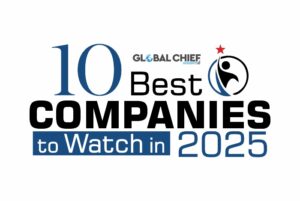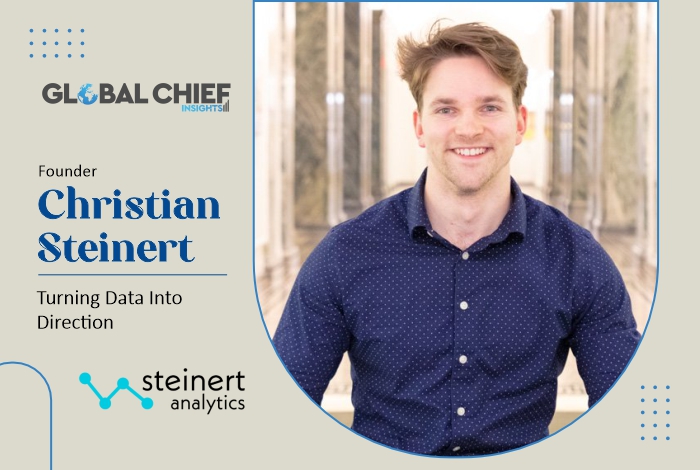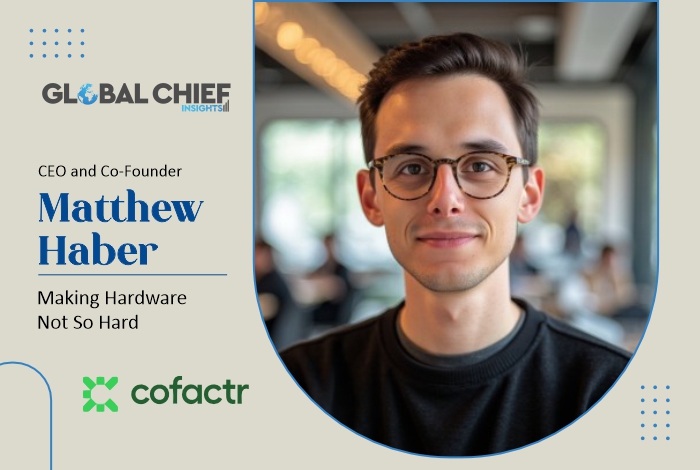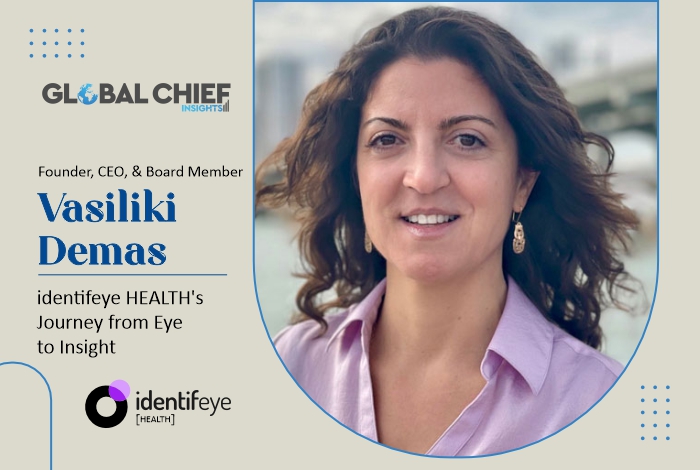Minted: Designed by Many, Loved by All


How Mariam Naficy built a marketplace powered by artists and everyday voters!
Mariam Naficy started Minted with a spark: that great art as much lives in everyday creators as it does in design schools. She launched the company in 2007 to give unknown artists a way to reach real people. The idea grew from her travels, having grown up in Africa and the Middle East, seeing art in many forms and believing talent belonged everywhere.
In Minted’s early days, a design competition brought in dozens of submissions. People voted, and winners went to print. Sales were sparse at first, only a few orders a week, but momentum built steadily after that first competition ushered in fresh interest. Over time that community vote became the engine. It combines crowd opinion with predictive algorithms to surface designs people truly want.
What this means in practice is simple. Anyone, trained or self taught, can enter a Minted challenge. Thousands of artists from around the world do. Customers vote. Winning designs are produced on demand. Minted handles orders and shipping. Artists earn upfront prizes and commissions. Buyers get unique stationery, art, decor made just for them. Minted only sells what the crowd has already shown it wants.
In time, Minted expanded from cards to wall art, textiles, wedding websites and custom photo gifts. It grew into partnerships with retailers like Target and West Elm, reaching millions of homes and giving independent artists rare visibility in established markets.
Mariam Naficy remained close to that founding vision: make Minted stay fresh forever. She built the company around co creation, not dictation, putting artists and customers at the center of decision making. The result is a vibrant community, constant novelty and a business model that thrives on shared creativity.
Minted is more than a store. It is a modern artist collective where everyday people choose what counts as design. That is how a stationery site became a global platform, and how one design challenge after another continues to shape what we see on our walls, in our cards, and in our homes.
Vision Meets Undiscovered Talent
Mariam launched Minted in 2007 (stationery sales began 2008) with a simple but bold vision: to connect consumers directly to independent designers around the world. Growing up across six countries, Egypt, Tanzania, Iran included, she saw art beyond the typical retail channels and believed the Internet could democratize access to creatives otherwise hidden by geography and industry barriers.
Minted formalized that belief through regular design challenges. Every month, artists enter works such as stationery, art prints, and home décor. Then the public votes on favorites. Those selected are produced and sold, with winners earning cash prizes and commissions on every sale. She describes Minted’s purpose like this: to uncover exceptional design from all over the world and bring it to savvy consumers who will not accept anything else.
There is intentionality behind the crowdsourcing. It provides fresh, culturally diverse creative input each cycle, ensuring the product line stays contemporary and dynamic without traditional buyers curating. That model, rooted in data, such as digital votes and predictive analytics for likely bestsellers, helps Minted scale quickly while being extraordinarily design forward.
Naficy’s earlier startup Eve.com, a pioneering online cosmetics retailer in 1998 that sold for over 100 million dollars, taught her that consumers value niche, high touch experiences. She saw that tradition based brands age quickly when creative selection becomes stale. Minted was built to stay fresh forever by shifting creative control from central buyers to an active, global community of independent artists.
Crowdsourcing: Culture, Structure, Scale
Minted’s key engine is its crowdsourcing process. Starting in April 2008 with 66 submissions to its first invitation design contest, the company refined a model where anyone can submit. Thousands now enter every week across stationery, art, textiles, decor, party goods, and more. The public votes, Minted’s predictive algorithms then forecast which designs will sell best, and winners move into production.
That process is not just transactional, it is a community. Mariam built policies around fairness and transparency, centered on learning and personal growth over monetary competition. Money could feel demotivating. Instead Minted promotes hierarchy based on peer recognition, artistic growth, and quality contributions so participants feel valued beyond just commission rates.
Operationally this model scales elegantly. Minted avoids traditional wholesale or inventory costs by producing only what customers choose. Artists do not worry about manufacturing, fulfillment, or customer service. Minted handles logistics. Many artists run their own storefronts on the platform, benefitting from exposure, sales data, and Minted’s infrastructure while focusing on creation.
This way the platform continually surfaces new creative talent, quickly adjusts to trends, and cultivates provenance around each design. It is not only a marketplace, it is a learning environment where designers level up, share feedback, and improve through contests and peer voting year round.
Expanding Verticals
Minted began with cards and invitations, but Mariam had long term ambitions. After reaching cash flow break even in 2012, the team expanded into art prints, and later home décor and party goods, applying the same crowdsourced model across verticals without reinventing infrastructure.
The pivot to wall art began with a single contest. Consumers embraced the idea and wholesale interest followed. Within three months, West Elm approached Minted to carry its art in stores. That validated the model beyond stationery and opened doors to partnerships with retailers like Target and Pottery Barn Kids by 2017.
Artist led design remains core. As each new vertical launches, such as art prints, textiles, and decor, Minted holds category specific challenges to source fresh content. That approach keeps production lean and demand tested before scaling vertically. It enables Minted to move quickly, testing new categories via design contests before committing manufacturing resources.
Today Minted’s products reach millions of homes, delivering stationery, art, and décor that reflect cultural shifts and design tastes faster than traditional brands. As Mariam says, the marketplace is built to tune itself to consumers indefinitely, ensuring constant freshness as trends evolve.
Artist Commerce: Empowering Independent Designers
Minted is not just a storefront, it is an income engine for independent creatives. More than 16,000 artists globally participate, from full time illustrators and designers to hobbyists and self taught creators in over 100 countries.
Designers earn cash prizes for contest wins and ongoing commission revenue whenever their designs sell. Additionally, they can launch their own Minted storefronts, reaching customers without needing to build their own e commerce capabilities. That combination of revenue plus exposure makes Minted a viable creative business partner for many artists.
Onboarding is streamlined. Artists submit digital designs. Minted handles quality control, production, shipping, returns, and customer service. Designers focus on creation and feedback loops from votes and sales metrics. That model allows creatives to scale without logistical burdens, and allows Minted to scale product selection at minimal inventory risk.
This model also fosters diversity. Contributors range from trained graphic designers to unexpected creators, like a master plumber using design tools, challenging norms of who counts as a professional creative. Many early entrants were self taught, which underscores how Minted’s competitive process uncovers skill regardless of formal credentials.
In short, Minted empowers artists through exposure, mechanics to monetize creativity, and a supportive environment, and does so at a scale that puts independent designers on par with larger brands.
Mariam Naficy: The Designer CEO
Mariam blends business acumen and creative empathy. Before Minted she co founded Eve.com in 1998, a pioneering online cosmetics retailer sold for over 100 million dollars. That early venture taught her how consumer needs can defy expectations. She persisted despite doubters who said women would not shop online for makeup.
Her framing of Minted drew on that experience. Access to beauty, culture, and design should belong to everyone. She pursued the crowdsourced path not as a fad but as a belief that traditional retail lacked dynamism. She wanted a brand that would stay fresh forever by leaning on novel design input, not static buyer choices.
Board service underscores her growing influence. She serves on the boards of Minted, Every Mother Counts, Medium, and Victoria’s Secret, and remains managing partner of Heretic Ventures, launching creator economy startups, including digital art communities like Tonic.xyz.
Her leadership style is deliberate. During early years she held multiple VP roles herself, hiring slowly to preserve culture. She prioritized intrinsic motivators and peer networks over money to build a supportive community. Over time she transitioned to external executives in domain areas while keeping secret sauce crowdsourcing talent internal and organic.
Her design first mindset shapes Minted’s principles: treat designers well, maintain transparency, build long term relationships. Those ideas are built into every policy, from how artists are compensated to how votes are collected and contests run. All of it reflects Mariam’s conviction that genuine creativity thrives when structure supports, not stifles it.
Data, Design, and Decision Making
Minted’s platform is as much about data as design. The public votes on contest entries and Minted’s analytics team uses that data to predict which designs will succeed in market. This predictive voting helps shape assortments and keeps returns low by producing only what the crowd endorses.
Design decisions are informed by sales metrics across styles, colors, formats, and verticals. Because every sale traces to a specific artist and design, Minted continuously learns what resonates. That loop informs future contests, category expansion, and geotargeting marketing efforts. It is a feedback system powered by real consumer insight in real time.
Studio resource allocation follows the same ethos. Rather than develop supply prior to demand, Minted tests ideas through design contests. If interest and votes are strong, then manufacturing begins. This lean startup mindset avoids overproduction and enables fast scaling across new categories from stationery to art prints to wholesale partnerships.
When partnerships with retailers such as West Elm, Target, and Pottery Barn Kids emerged, Minted was able to supply curated art lines because vote led contests had already proven demand. That made the transition into wholesale controlled and profitable, not speculative.
So Minted works on two axes: creative input via design contests and consumer input via voting, and data systems that convert that into predictive output. That means designs released are market validated before production, minimizing risk and maximizing freshness.
Funding, Growth, and Long Term Strategy
Minted raised capital gradually. Naficy bootstrapped until break even in 2012, then raised larger funding in 2013 and beyond. Backers included Benchmark, Menlo Ventures, IDG, Technology Crossover Ventures, Norwest Venture Partners, and others. Total funding exceeds 190 million dollars. Some sources report over 300 million dollars total raised.
The long term view is by design. Mariam avoided short term scaling. Instead she sustained cash flow positive operations before expanding. Early results were slow, just one sale in the first month, but that earned trust from early investors and disciplined scaling over seven years until external capital was wise.
Under her leadership, employee count grew meaningfully by 2019, around 400 staff, maintaining design led culture throughout. Boards and executive teams were built slowly, mixing internal growth for creative leads and external hires for finance, HR, and scale operations.
Minted continues diversifying. Wholesale, home décor, party goods, direct from artist manufacturing launched in 2021. Mariam’s long term ambitions include new verticals and possibly digital content. She is clear Minted can be a content destination, with physical products as monetization mechanisms.
The company remains privately held in San Francisco with over 375 employees, a global artist base, and presence in millions of homes. The strategy is steady, strategic growth, anchored by design community and consumer feedback loops, rather than chasing immediate scale.
Market Disruption and Creative Economy
Minted flipped the script on traditional retail. Rather than buyers selecting art and cards, the crowd does. That democratized both creation and curation. The result is a brand that evolves continuously, driven by community input, not inflexible retail seasons.
For independent artists, Minted gives access to infrastructure and consumers without the heavy lifting. Fulfillment, manufacturing, and customer relations are handled in exchange for platform exposure and commission. Designers can focus on design and growth, not logistics.
For the design and retail industries, Minted offers a roadmap: use crowdsourcing, feedback loops, and analytics to test and scale products without risk. That model extends beyond stationery. Think home décor, fashion collaborations, even digital creative marketplaces. Mariam’s work suggests the future of branding is co creation with customers and creators alike.
At its core, Minted champions creativity, diversity, and long term design first thinking. It shows that a business built with community, transparency, and feedback can stay fresh forever and resist the obsolescence that haunts traditional consumer brands.
Mariam Naficy’s legacy is not just Minted. It is a new playbook for the creator economy where artists find infrastructure, consumers discover design, and data meets aesthetic in partnership.




